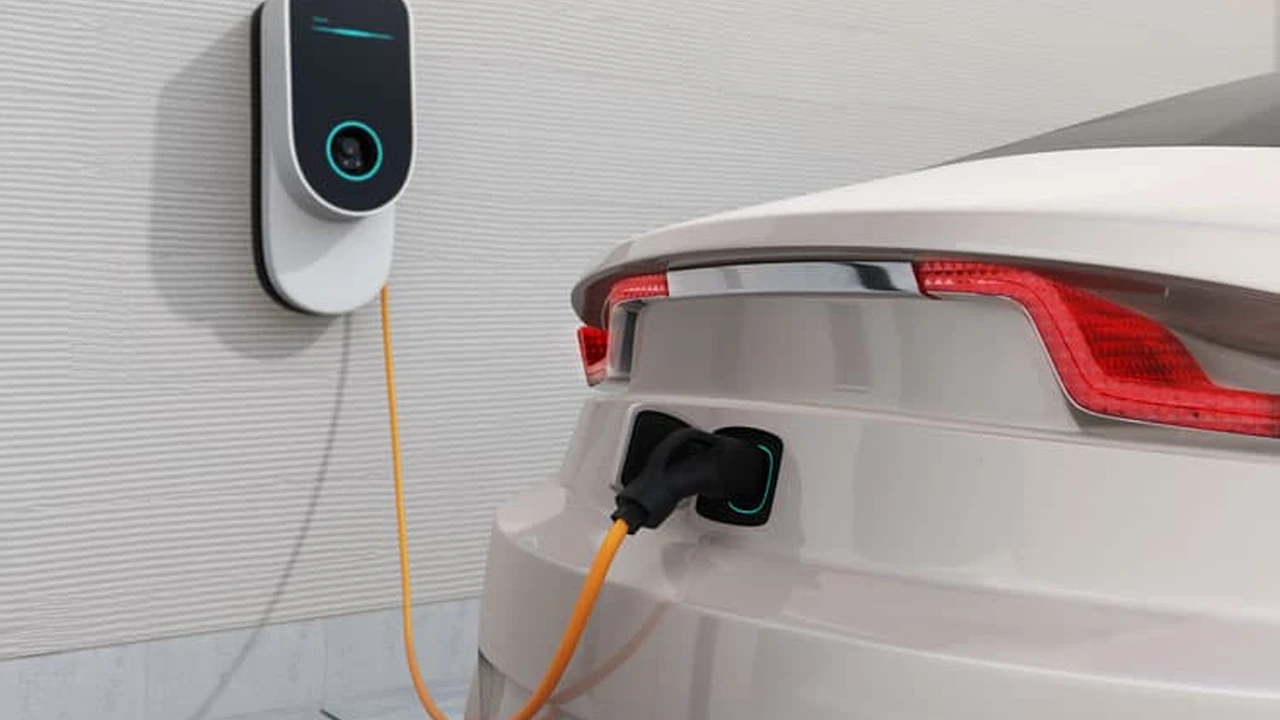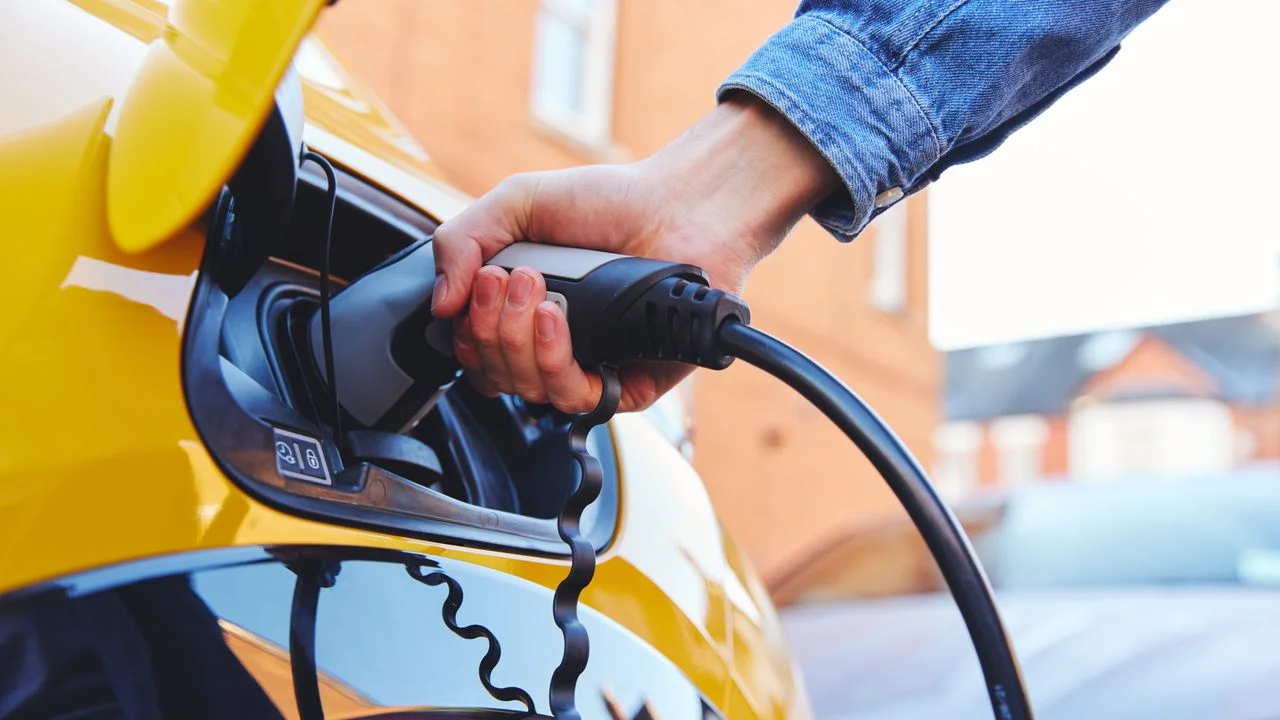Wheel Upgrades for EVs: Enhancing Performance and Aesthetics

Protect your vehicle from debris with mud flaps for EVs Learn about different types of mud flaps including molded and universal options Discover how mud flaps can prevent rock chips mud splatters and keep your EV clean
Why You Absolutely Need Mud Flaps for Your Electric Vehicle EV Protection
Alright, let's talk mud flaps. You might be thinking, "Mud flaps? On my sleek, futuristic EV? Seriously?" Yes, seriously! While EVs are all about cutting-edge tech and saving the planet, they're still vehicles that are driven on roads – roads that can be messy, dirty, and downright damaging. Mud flaps are a simple, often overlooked accessory that can provide a surprising amount of protection to your investment.
Think about it: you're driving down the highway, and the car in front of you kicks up a rock. That rock flies back and dings your pristine paint job. Ouch! Or maybe you're driving on a gravel road, and your tires are spraying small stones all over the lower panels of your car. Over time, this can lead to unsightly scratches and even rust. Mud flaps act as a barrier, catching these projectiles and preventing them from damaging your EV.
But it's not just about rocks. Mud flaps also help to protect your car from mud, snow, salt, and other road debris. This is especially important in areas with harsh winters, where salt is used to de-ice the roads. Salt can be incredibly corrosive and can quickly damage your car's paint and undercarriage. Mud flaps can significantly reduce the amount of salt spray that reaches your car, helping to keep it looking its best for longer.
Different Types of EV Mud Flaps Molded vs Universal Fit
So, you're convinced that mud flaps are a good idea. Great! Now, you need to decide which type of mud flap is right for your EV. There are two main types of mud flaps: molded and universal.
Molded Mud Flaps: These mud flaps are designed specifically for your make and model of EV. They're typically made from a durable plastic or rubber material and are contoured to fit the shape of your car's wheel wells. Molded mud flaps offer the best fit and protection, as they're designed to perfectly match your car's body lines. They often attach using existing mounting points, making installation relatively easy. However, they can be more expensive than universal mud flaps and may not be available for all EV models, especially newer or less common ones.
Universal Mud Flaps: These mud flaps are designed to fit a wide range of vehicles. They're typically made from a flexible rubber or plastic material and can be trimmed to fit your car's wheel wells. Universal mud flaps are more affordable than molded mud flaps and are readily available at most auto parts stores. However, they may not offer the same level of fit and protection as molded mud flaps. Installation can also be more challenging, as you may need to drill holes and use screws to attach them.
When choosing between molded and universal mud flaps, consider your budget, the availability of molded mud flaps for your EV, and your comfort level with installation. If you want the best fit and protection and are willing to pay a bit more, molded mud flaps are the way to go. If you're on a tight budget or need a mud flap solution quickly, universal mud flaps can be a good option.
Top Mud Flap Brands and Models for Electric Vehicles Product Recommendations
Okay, let’s dive into some specific product recommendations. Keep in mind that availability and pricing can vary, so it's always a good idea to check with your local auto parts store or online retailers for the most up-to-date information.
For Tesla Owners:
- Tesla Model 3/Y Mud Flaps by RPM Tesla: These are molded mud flaps designed specifically for the Model 3 and Model Y. They offer excellent fit and protection and are made from a durable, high-quality material. Expect to pay around $80-$120 for a set of four.
- EV Armor Splash Guards for Tesla Model 3/Y: A more budget-friendly option, these splash guards are also molded and provide decent protection. They are typically priced between $50-$80.
For General EV Use (Universal):
- Husky Liners Universal Mud Guards: These are a popular choice for universal mud flaps. They're made from a durable thermoplastic material and can be trimmed to fit your EV. A set of two typically costs around $30-$50.
- WeatherTech Universal No-Drill MudFlaps: A bit pricier than the Husky Liners, WeatherTech offers a no-drill installation option, which is a huge plus for many. Expect to pay around $60-$90 for a pair.
Key Considerations When Choosing:
- Material: Look for durable materials like thermoplastic, rubber, or high-quality plastics.
- Fit: Molded mud flaps offer the best fit, but universal options can work well with some trimming.
- Installation: Consider whether you're comfortable drilling holes in your car. No-drill options are available but may be more expensive.
- Price: Mud flaps range in price from around $30 to $120 per set. Choose the option that best fits your budget.
Installation Tips and Tricks for EV Mud Flaps A DIY Guide
Alright, you've got your mud flaps. Now it's time to install them. Here's a general guide, but always refer to the specific instructions that come with your mud flaps.
Tools You'll Need:
- Screwdriver (Phillips and flathead)
- Socket wrench set
- Drill (if necessary for universal mud flaps)
- Measuring tape
- Scissors or utility knife (for trimming universal mud flaps)
- Marker or pencil
- Safety glasses
Step-by-Step Installation:
- Prepare Your Car: Park your car on a level surface and engage the parking brake. Turn off the engine.
- Clean the Area: Clean the area where you'll be installing the mud flaps with soap and water. This will help the mud flaps adhere properly.
- Test Fit the Mud Flaps: Hold the mud flaps up to the wheel wells to check the fit. If you're using universal mud flaps, you may need to trim them to fit.
- Mark the Mounting Points: Use a marker or pencil to mark the mounting points on the car.
- Drill Holes (If Necessary): If you're using universal mud flaps and need to drill holes, use a drill bit that's slightly smaller than the screws you'll be using.
- Attach the Mud Flaps: Use the screws or clips that came with the mud flaps to attach them to the car. Make sure the mud flaps are securely fastened.
- Repeat for the Other Wheels: Repeat steps 3-6 for the other wheels.
- Double-Check Your Work: Once you're finished, double-check to make sure all the mud flaps are securely attached.
Pro Tips:
- Use a Jack: If you're having trouble reaching the mounting points, use a jack to lift the car slightly. This will give you more room to work.
- Protect Your Paint: Use masking tape to protect your car's paint when drilling holes.
- Don't Overtighten: Be careful not to overtighten the screws, as this can damage the mud flaps or the car.
- Watch Videos: Search for installation videos specific to your EV model on YouTube. Visual aids can be incredibly helpful.
Comparing Mud Flap Materials Durability and Performance
Let's break down the most common materials used in mud flaps and how they stack up in terms of durability and performance:
- Thermoplastic: This is a common material known for its good balance of durability and flexibility. Thermoplastic mud flaps are resistant to cracking and breaking, making them a good choice for everyday use. They also tend to be more affordable.
- Rubber: Rubber mud flaps are highly flexible and resistant to tearing. They're a good choice for off-road driving or areas with harsh weather conditions. However, they can be more expensive than thermoplastic mud flaps and may not be as durable over the long term.
- Aluminum: Aluminum mud flaps offer excellent durability and a sleek, stylish look. They're a good choice for those who want a premium look and are willing to pay a bit more. However, they can be more prone to denting than other materials.
- Polyurethane: Very durable and resistant to chemicals, oils, and extreme temperatures. Often used in heavy-duty applications.
Here's a quick comparison table:
| Material | Durability | Flexibility | Price | Best For |
|---|---|---|---|---|
| Thermoplastic | Good | Good | Affordable | Everyday Use |
| Rubber | Excellent | Excellent | Moderate | Off-Road, Harsh Weather |
| Aluminum | Very Good | Low | Expensive | Style, Durability (Highway) |
| Polyurethane | Excellent | Good | Moderate to High | Heavy Duty, Extreme Conditions |
Long-Term Benefits of Using Mud Flaps on Your EV Maintaining Value
Investing in mud flaps for your EV isn't just about aesthetics; it's about protecting your investment in the long run. Here's how:
- Preserving Paint: As mentioned earlier, mud flaps prevent rock chips, scratches, and other damage to your car's paint. This helps to keep your car looking new for longer and can increase its resale value.
- Preventing Rust: By reducing the amount of salt spray that reaches your car's undercarriage, mud flaps can help to prevent rust. Rust can significantly decrease the value of your car and can even compromise its structural integrity.
- Reducing Maintenance Costs: Mud flaps can help to reduce the amount of dirt and debris that gets into your car's undercarriage, which can help to prevent damage to components like the brakes, suspension, and exhaust system. This can save you money on maintenance costs over the long term.
- Maintaining a Clean Car: Let's face it, a clean car is a happy car (and a happy owner!). Mud flaps help to keep your car cleaner by preventing mud, dirt, and snow from splashing onto the body. This means less time spent washing your car and more time enjoying the ride.
Ultimately, mud flaps are a small investment that can pay off big in the long run. They're a simple and effective way to protect your EV from damage and keep it looking its best for years to come.
So, are mud flaps cool? Maybe not in the traditional sense. But are they smart? Absolutely. And in the world of EVs, smart is definitely the new cool.
:max_bytes(150000):strip_icc()/277019-baked-pork-chops-with-cream-of-mushroom-soup-DDMFS-beauty-4x3-BG-7505-5762b731cf30447d9cbbbbbf387beafa.jpg)






